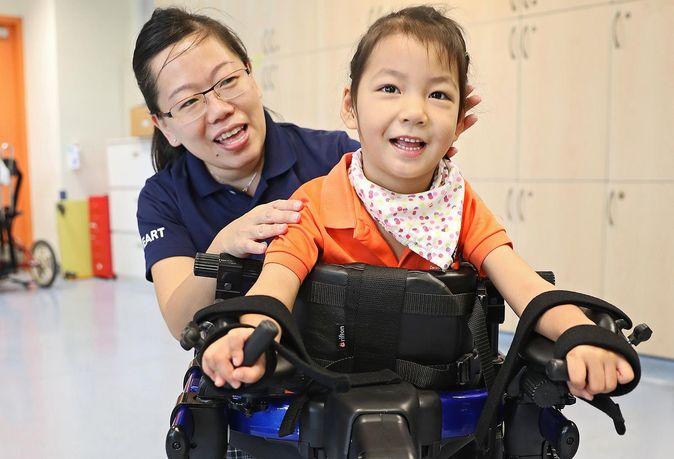Understanding the Intersection of Disability and Poverty
In Singapore, the battle against poverty is exacerbated for those living with disabilities. This hidden inequality is often overlooked in discussions about economic disparity. As the country has advanced economically, a significant segment of the population remains marginalized, facing unique challenges that contribute to their impoverishment.
The Economic Landscape in Singapore
Singapore has one of the highest GDPs in the world, yet this wealth is not evenly distributed. The economic success of the nation can sometimes mask the struggles faced by individuals with disabilities. Factors such as employment barriers and insufficient support systems lead to a perpetuation of poverty among disabled individuals.
Employment Challenges for Disabled Persons
Employment opportunities for people with disabilities in Singapore are limited. Many businesses are unable or unwilling to accommodate the needs of these individuals, leading to high rates of joblessness. Discrimination and lack of awareness further complicate this issue, making it increasingly difficult for disabled persons to contribute economically.
The Cost of Living and Financial Strains
The cost of living in Singapore is exceptionally high, which is particularly burdensome for families with disabled members. Many families find themselves financially strained as they strive to provide adequate care and support. Medical expenses, therapy sessions, and assistive devices often accumulate, adding to the financial strain experienced by these families.
Government Intervention and Support Programs
The Singaporean government has recognized the challenges faced by people with disabilities. Initiatives aimed at alleviating poverty and promoting inclusivity are crucial steps, yet they often fall short. Despite various support programs, more comprehensive strategies are needed to address the systemic issues that continue to marginalize these individuals.
Breaking the Cycle of Invisible Inequality
Addressing the intersection of disability and poverty in Singapore requires a multifaceted approach. Raising awareness and fostering inclusivity in society is imperative to combat this invisible inequality. Combating stigma and advocating for policy changes can significantly improve the quality of life for those affected by both disability and poverty.
Taking Action for Lasting Change
Community engagement and collaboration are essential in fostering meaningful change. Individuals and organizations must come together to challenge the status quo. By pushing for more inclusive policies and practices, we can work towards eliminating the invisible barriers faced by people with disabilities in Singapore.
Further Reading
For more insights into the issues of disability and poverty in Singapore, visit this link.

